NCAA Gymnastics: The Catalyst for Success in the US Men’s Olympic Team at Paris 2024
The success of the United States men’s gymnastics team at the Paris 2024 Olympic Games can be attributed significantly to their backgrounds in NCAA gymnastics programs. The five athletes who culminated in the team earning a bronze medal—signifying the nation’s first podium finish in this event since 2008—each share a commonality: they participated in competitive collegiate gymnastics. This victory marks a crucial turnaround for a team that endured three consecutive fifth-place finishes before achieving this commendable result.
Brody Malone, a two-time Olympian and former Stanford University competitor, conveyed the essence of their achievement during an interview with Olympics.com. He stated, “I think that is what we leaned on the most.” Malone emphasized the foundational skills that NCAA gymnastics imparts, noting, “It teaches you how to be a team and compete for a team,” which was instrumental in translating their experiences into the Olympic framework.
Malone’s contributions were bolstered by his teammates Asher Hong, Fred Richard, Paul Juda—both representing the University of Michigan—and Stephen Nedoroscik, a former competitor at Penn State University. Together, these athletes delivered a series of outstanding performances, culminating in a standout routine by Nedoroscik on the pommel horse, which became a critical moment of the competition.
In reflecting on the challenges of the day, Nedoroscik remarked, “It was a very long day as you can imagine. I watched these guys go through the first four events and absolutely kill it.” His dedication to the team was palpable as he prepared for his performance with a focused mindset, declaring, “Let’s lock in.”
The sense of camaraderie and mutual support among the team proved essential to their success. Malone described the role he played in fostering group cohesion, stating, “My role is just to kind of bring everyone together,” which proved manageable given the collective strength stemming from their NCAA backgrounds. Hong echoed this sentiment, pointing out that NCAA gymnastics fosters a spirit of teamwork and trust, “It is more than just yourself, and you are competing for your team. That translated perfectly here.”
Looking towards the future, the young age of this squad—consisting of individuals aged 25 years and younger—allows for aspirations beyond Paris. Hong expressed his desire to continue competing through the 2028 Olympics and perhaps beyond, stating, “I want to keep doing the sport I love and just hopefully inspire more generations to come.” Nedoroscik, at 25, affirmed his commitment to pursuing his athletic career while continually improving despite the passage of time.
Finally, the athletes expressed a commitment to inspiring the next generation of gymnasts. Malone remarked, “This should be a wake-up call and an inspiration for all young gymnasts out there. When you put your mind to something and you set a goal and you work for it as a team, you can make it happen. We showed the world that.” Hong added emphasis on the invaluable lessons learned from their NCAA experiences, confirming, “The five of us have come from an NCAA program. It has been a great help for our team camaraderie and our trust in each other.”
In conclusion, the United States men’s gymnastics team’s triumph in Paris serves not only as a significant milestone in Olympic history but also as a testament to the transformative power of collegiate gymnastics. The collective experience and camaraderie forged within NCAA programs have undeniably played a crucial role in their recent accomplishments on the Olympic stage, laying down a foundation for continued success in future competitions.



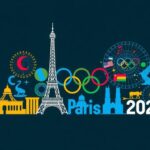
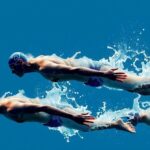
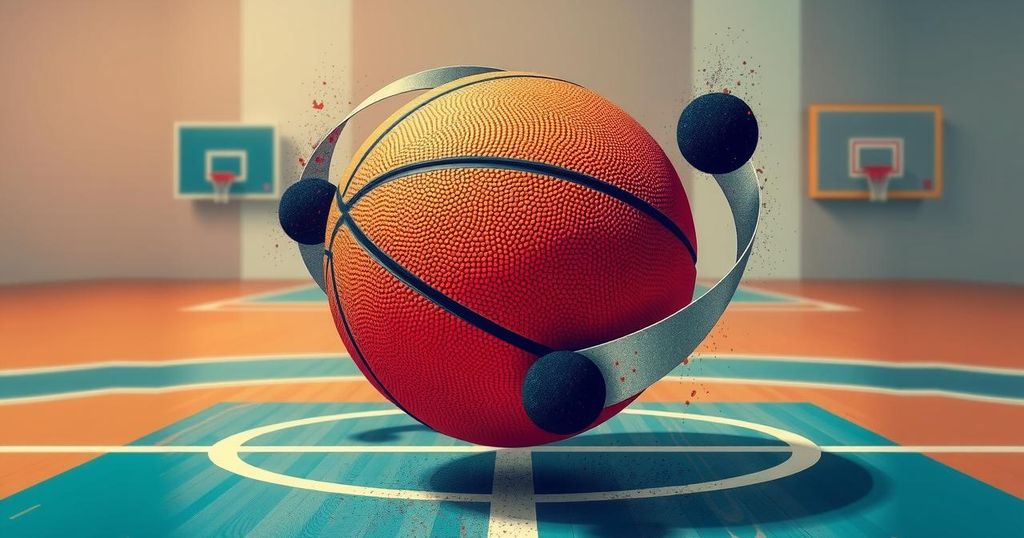
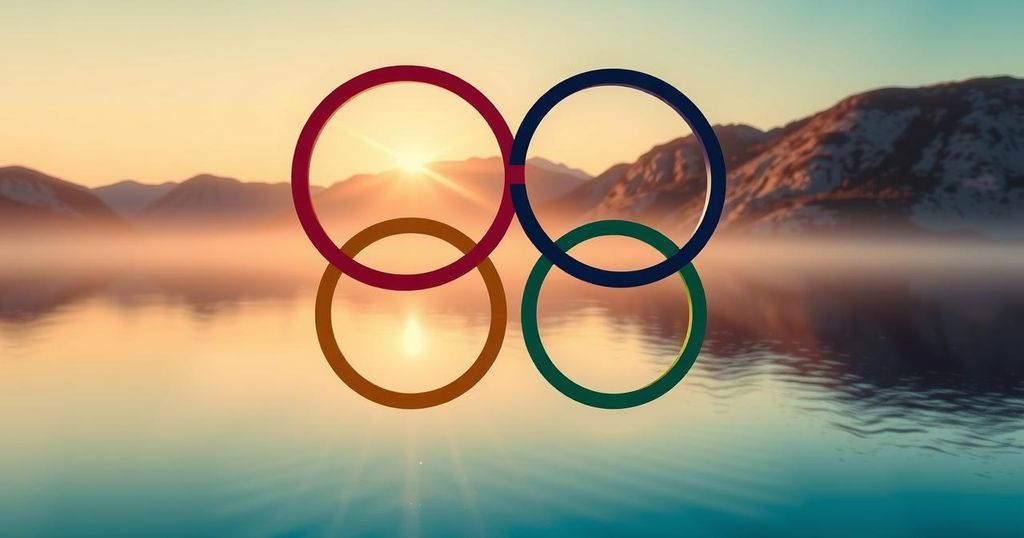
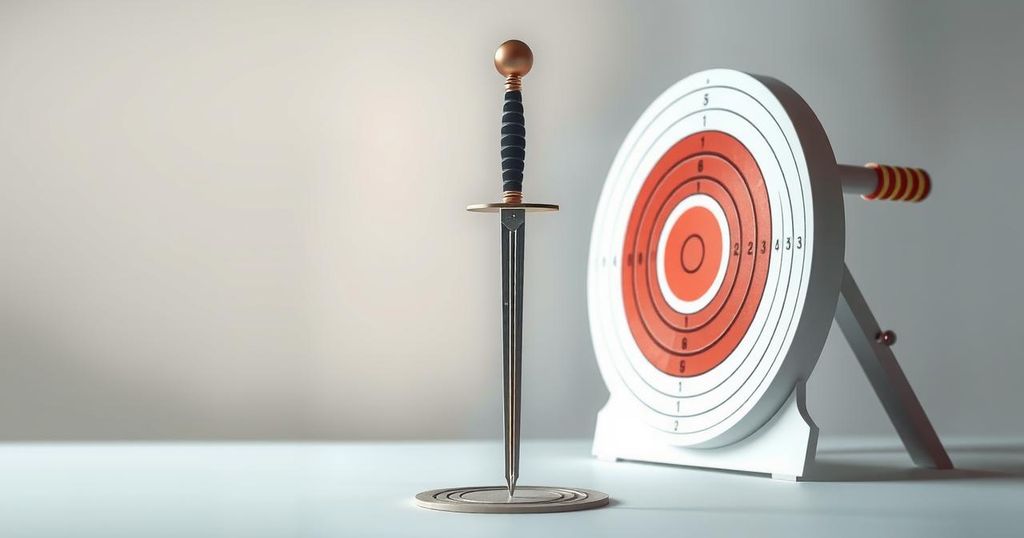
Post Comment